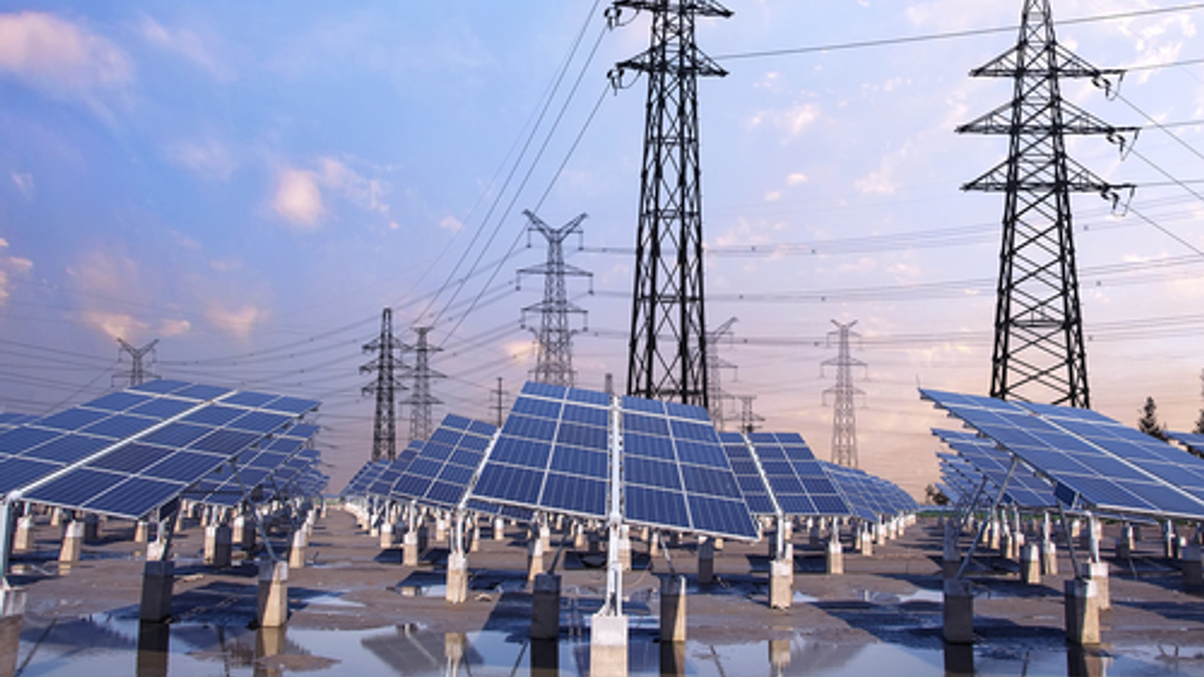Investors called to drive reduction in infrastructure emissions
The infrastructure sector is falling behind in adopting net-zero targets, according to two leading voices in sustainability.

Investors must work harder, both individually and together, to advance portfolio-level net-zero targets in the infrastructure sector, according to two leading voices in the sector.
Sign in to read on!
Registered users get 2 free articles in 30 days.
Subscribers have full unlimited access to AsianInvestor
Not signed up? New users get 2 free articles per month, plus a 7-day unlimited free trial.
¬ Haymarket Media Limited. All rights reserved.


